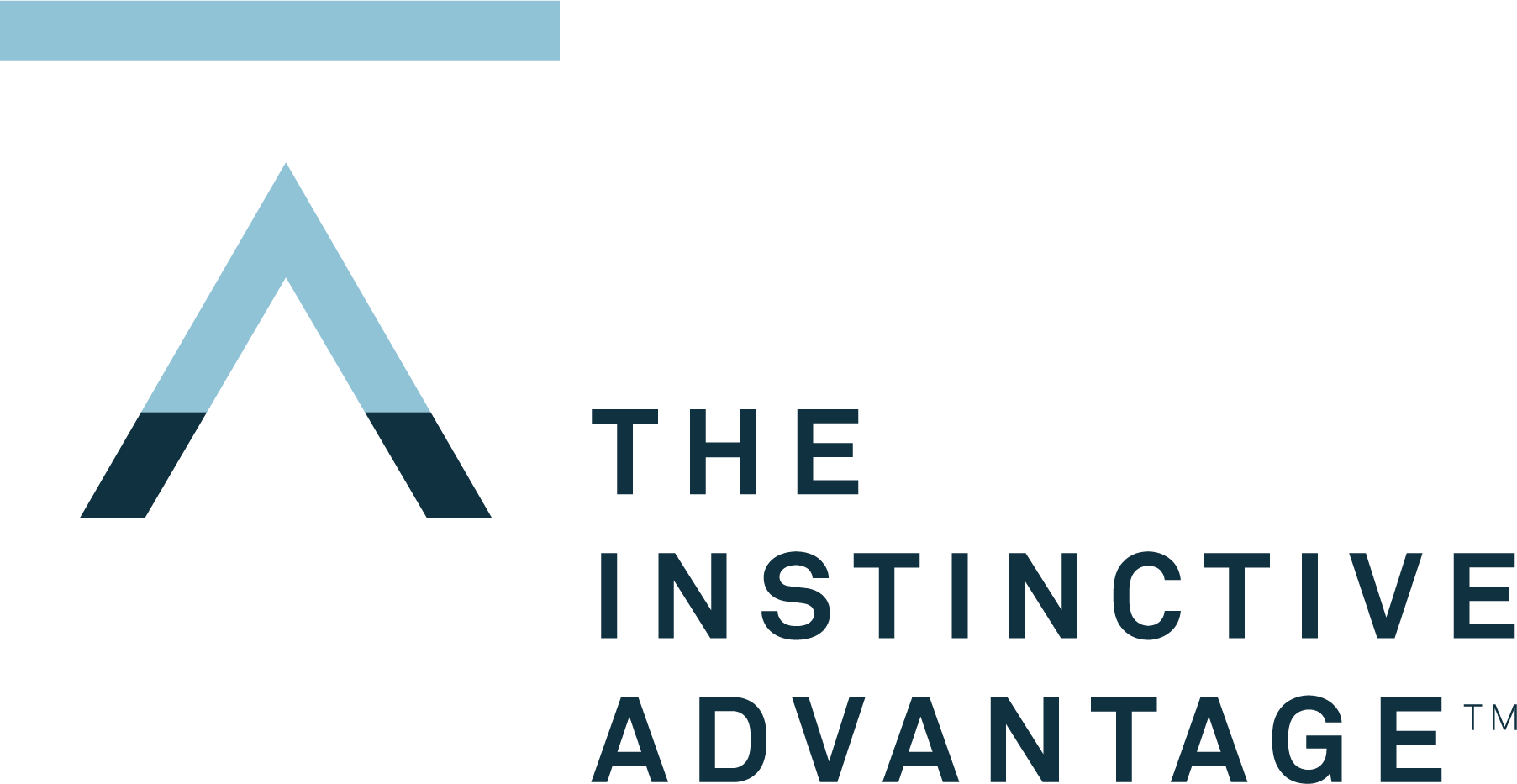What Does Effective Team Development Look Like?
As we near the end of 2022, the “war on talent” is going strong. While employees are not leaving their positions at the same rate, the labor shortage can still be felt. Unsurprisingly, companies that focus on collaboration and communication are 450% more likely to retain their best employees, even when times get tough.
It is human nature to desire a place to belong. However, creating that sense of belonging for your team is one of the hardest things you will do as a leader. There are countless different personalities and natural instincts on your team and developing a cohesive group can feel like playing Whac-A-Mole; when you think you’ve got it under control, the moles start laughing at you and you’ve broken your hammer.
Thankfully, team development doesn’t have to be that way. Understanding the individual talents of your team members, seeing value in those talents, and building a world around those talents are the best things you can do for your team's health.
There are three different components to keep in mind when working on team development: Balance, Appreciation of Differences, and Education.
Balance
Balance refers to assembling an array of talents, not just the few that seem most natural to you. As leaders, we have to see past our own natural tendencies and look at the bigger picture. Only focusing on one or two of the 12 natural talents will give you a cloned team - and will lead to inertia. Your team may be phenomenal at a given talent, but will inevitably be spinning your wheels and wondering why nothing ever gets completed.
Balance for team development requires different approaches and talents all working together for a common goal. If you are looking to increase your team's health, start by looking at who you have on your team and what their talents are. Using the Kolbe A™ Index is one of the best ways to diagnose the health of your team and see if there are any missing pieces.
Appreciate the Differences
It is easy to get along with people who act similarly to you. Our brains like ease and will always take the path of least resistance; if someone else is easy to understand because we operate the same way, we are typically going to pick them every time.
One of the most important jobs of a leader is to create a cohesive environment with people of all different talents and ways of acting. This means we have to teach our people to appreciate the differences in others.
Understanding the value of each instinct allows us to see the talents each member brings to the team. However, that understanding will not pay off unless you leverage the information.
A quick way for team health to take a deep nose dive is frustration. Frustration typically starts when we don’t understand someone or how they operate. We are quick to dismiss conversations and start to see specific talents as a waste of time.
For example, my good friend Julie is an Initiating Fact Finder (she likes to have ALL the information possible) while her co-worker, Brad, is a low Fact Finder (He can have the basic facts, if that, and move on). At the end of meetings, Julie typically has at least 5 questions she needs to ask before she feels ready to move to the next step. Brad is done with the meeting 10 minutes in.
Brad gets frustrated with Julie’s need for information because he doesn’t see it as important. Julie gets frustrated with Brad because she thinks he blows stuff off.
Using the Kolbe A™ Index, Julie and Brad can start to understand each other a little bit better. As their leader, you can help Julie to see Brad’s ability to sift through information to the most important details while Brad can start to appreciate Julie’s attention to detail.
Does this mean Brad and Julie will NEVER be frustrated with each other again? No, but it opens the door for communication and understanding. When we can see the benefits of someone else’s talents, we create room for grace and appreciation.
Education
The most important thing to remember when using the Kolbe A™ Index is the specific result does not define a person; instead, it is simply a numerical representation of how you take action.
Yielding a deep understanding of the scores and how they all work together is the most underrated aspect of team development.
In one-on-one meetings with your team, I help you discern what these scores mean and how best to apply them. You have to truly understand the scores before you can effectively use them. Without understanding, we are quick to dismiss other scores as less important.
In these meetings, I guide your team through the material, what it actually means, how to internalize it, and how to embrace it. We are able to work together to build the most cohesive and collaborative team possible.
Going Forward
Once you understand the team you already have, you are able to build a stronger team going forward. When bringing on new team members, the most important thing you can do for team health is to balance out the team your existing team. View your new team member as an opportunity to provide greater balance as a team instead of duplicating what’s already present.
Working with The Instinctive Advantage allows you to have a greater understanding of the team you have already assembled and where to go in the future. We work together to build your best team by giving each person the tools to work within their natural tendencies while appreciating the differences others bring.
Contact us to learn more about how using and understanding the Kolbe Index can create a more loyal and engaged workforce, providing less turnover and more revenue.
